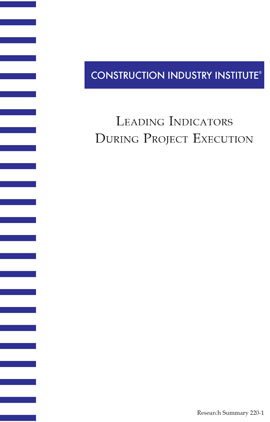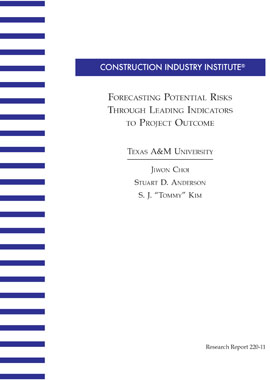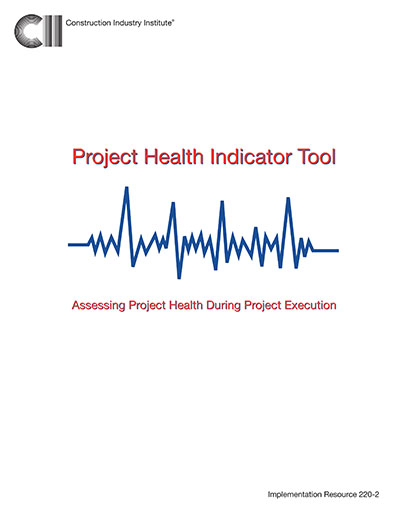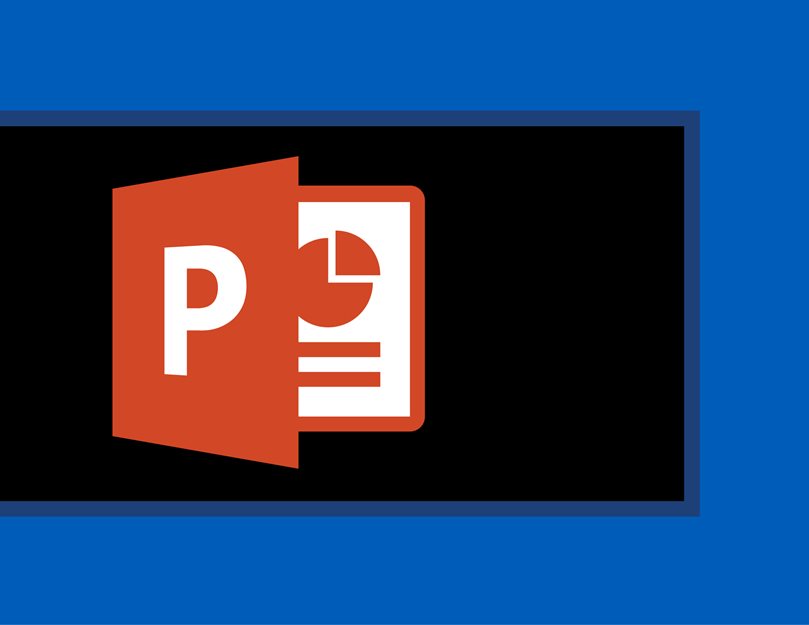
Leading Indicators during Project Execution
Over the years, the Construction Industry Institute (CII) and others have conducted significant research to analyze and measure risks during project development, resulting in several risk analysis and prediction tools. Perhaps the best known of these is the CII Project Definition Rating Index (PDRI), which is used by owners and contractors during front-end planning. Once the PDRI exercise is completed, most tracking during project execution is accomplished with traditional measurements. What is needed is a method, once the front-end planning and risk analysis have ended, of identifying indicators that most likely will lead to project success.
To address this problem, CII established the Leading Indicators to Project Outcome Research Team. Its objective was to develop a tool focused on nontraditional measures that can help identify project issues and mitigation strategies earlier in project execution. The research team examined the PDRI and elected to exclude it due to its focus on front-end planning. The research team also examined the potential of one versus two tools because of differing leading indicator priorities between owners and contractors. Ultimately, the research team concluded that different owner and contractor priorities would not influence measurements using a single tool.
The goal of this research was to identify leading indicators, both quantifiable and non-quantifiable, during project execution and to develop a tool that could be used as a predictive evaluator of future project risk. The tool attempts to fill the void between the PDRI and traditional project control methods. It is intended as a complement to these methods and can be used by project teams, project managers, engineering managers, or anyone who has the need to evaluate a project during execution. This publication summarizes the research effort that led to the development of this new tool.
The research team grouped the 43 Leading Indicators into eight Project Practices:
- Alignment
- Change Management
- Constructability
- Contracting
- Quality Management
- Safety Practices
- Project Controls
- Team Building



